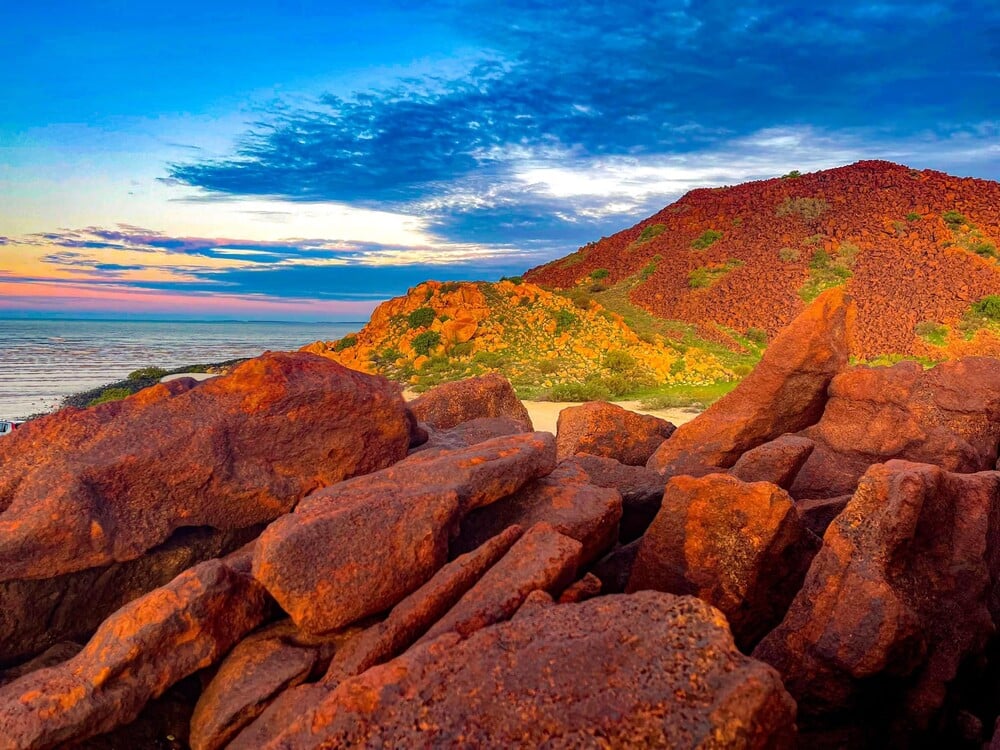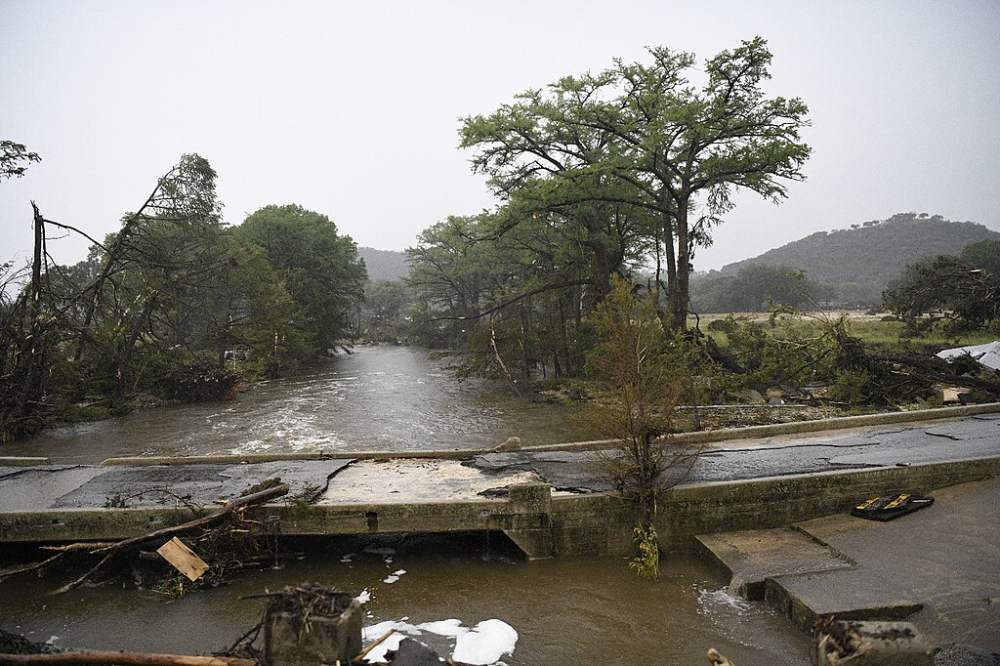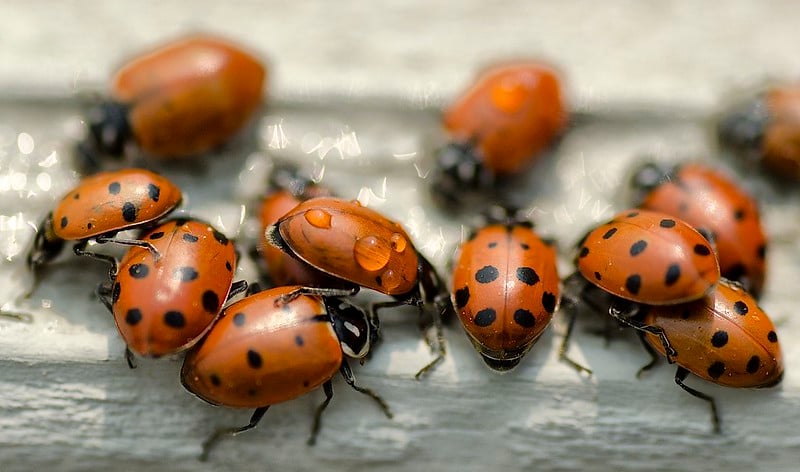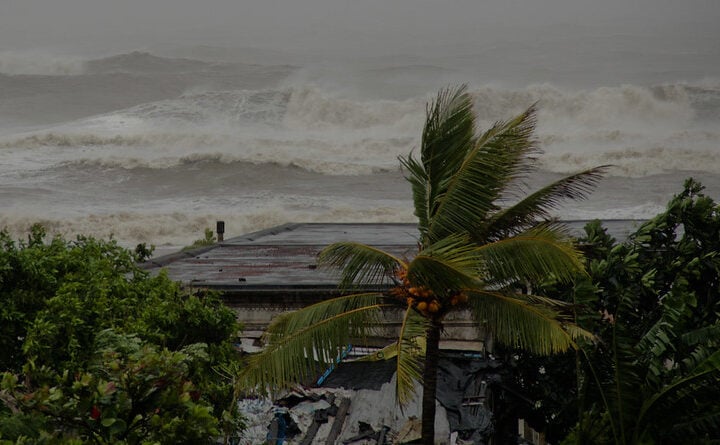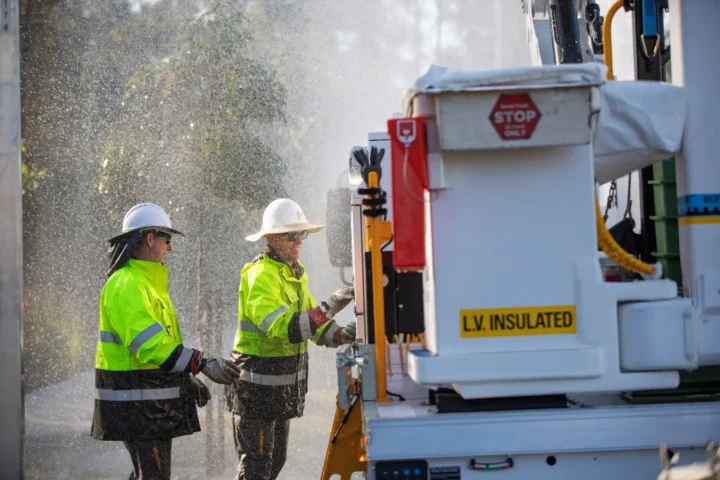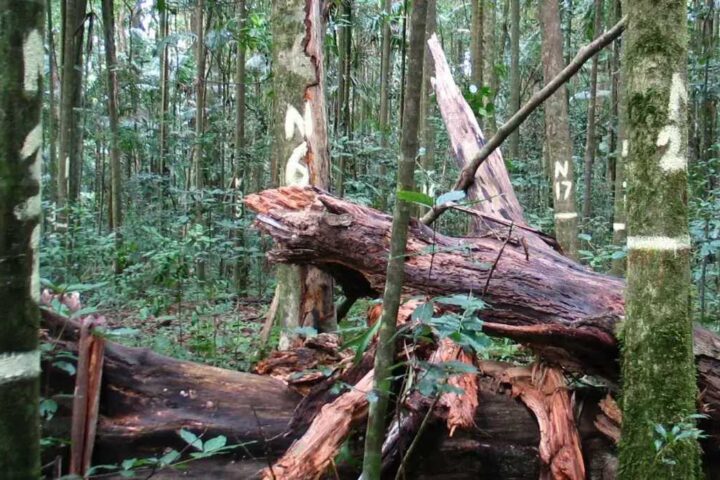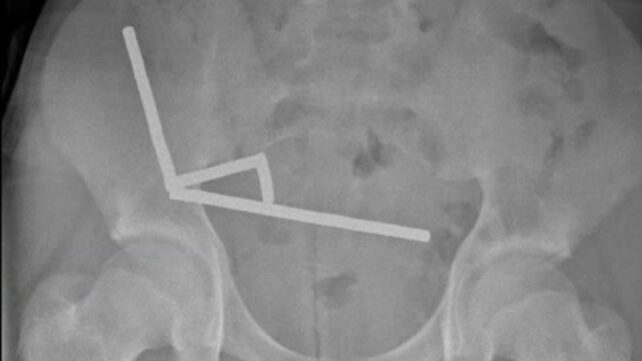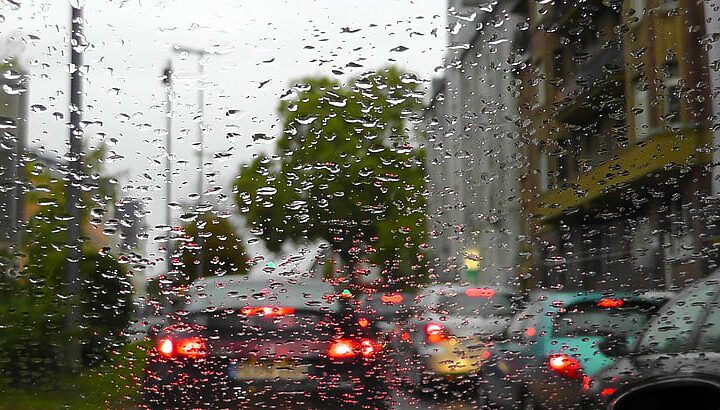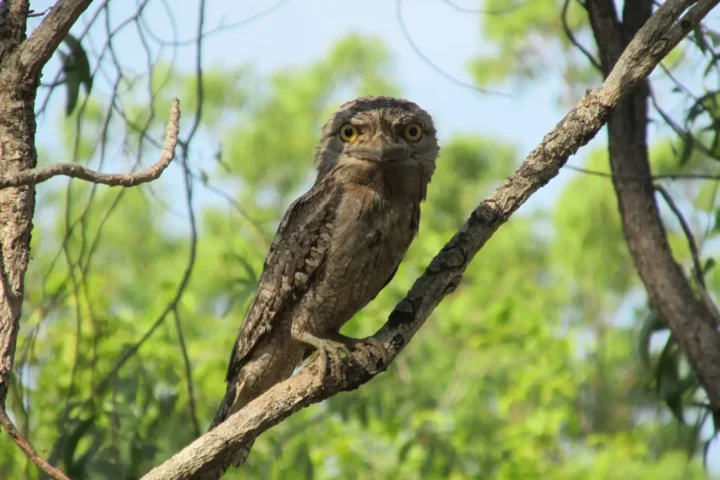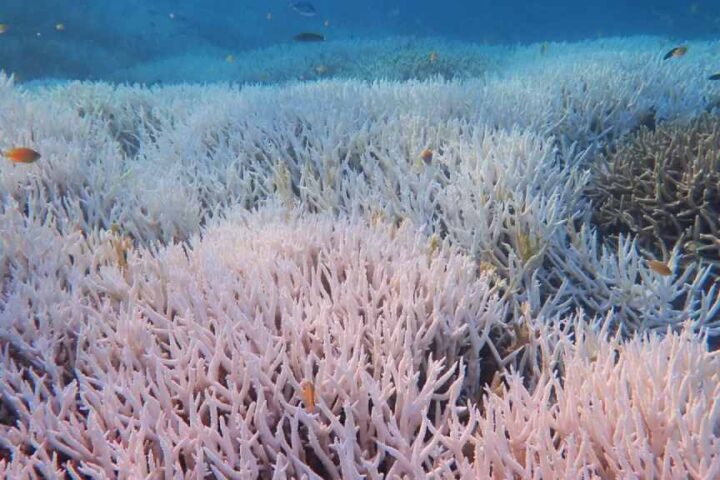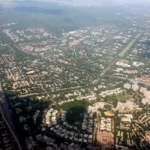UNESCO has officially added the Murujuga Cultural Landscape to the World Heritage List, recognizing over a million ancient Aboriginal rock carvings in Western Australia’s Pilbara region. The decision came during the 47th session of the World Heritage Committee in Paris, where member countries unanimously voted to inscribe the site despite earlier concerns about industrial pollution.
Murujuga, which includes the Burrup Peninsula and Dampier Archipelago, contains petroglyphs dating back as far as 50,000 years – older than both Stonehenge and the Pyramids of Giza. It also houses the world’s oldest known depiction of a human face.
The successful listing follows decades of campaigning by Indigenous groups. Peter Hicks, chair of the Murujuga Aboriginal Corporation (MAC), described the group as “elated” following the announcement.
“This is recognition of the way our ancestors have managed this extraordinary landscape for over 50,000 years. We are proud to continue that legacy,” Hicks said.
The road to recognition faced significant hurdles. In May 2025, the International Council on Monuments and Sites (ICOMOS), which advises UNESCO, recommended deferring the nomination due to concerns about industrial pollution from nearby gas and fertilizer plants potentially damaging the ancient art.
Federal Environment Minister Murray Watt and MAC representatives traveled to Paris to lobby for the listing, successfully convincing member states to override the initial recommendation. However, the final approval includes requirements for ongoing monitoring and reporting.
Australia must submit a progress report by December 2026 and a comprehensive report by December 2027 detailing research on industrial impacts, protective legal frameworks, and plans for incorporating undeveloped land into the heritage area.
Similar Posts
The tension between industrial operations and heritage preservation remains a central issue. The Burrup Peninsula hosts major facilities including Woodside’s gas plants and a Yara International fertilizer plant. Minister Watt recently granted provisional approval extending Woodside’s North West Shelf gas project until 2070.
Some traditional custodians view this industrial presence as incompatible with protecting the ancient art. Mardudhunera woman Raelene Cooper, a former MAC chair and founder of the Save Our Songlines group, expressed mixed feelings about the listing.
“This is a momentous day for our old people and future generations,” Cooper said. “But fertiliser plants are still being built around our sacred sites and polluting gas plants will emit toxic acid on our rock art for another 50 years.”
Several UNESCO member states, while supporting the listing, emphasized the need for strict environmental protections and continued atmospheric monitoring to prevent degradation from industrial development.
Murujuga becomes Australia’s 21st World Heritage site and only the second recognized specifically for its Aboriginal cultural heritage values, following Victoria’s Budj Bim Cultural Landscape, which was listed in 2019.

Vincent Adams, a Yinjibarndi man and MAC director, described the emotions surrounding the decision as “overwhelming” while acknowledging the elders who started the decades-old campaign but didn’t live to see its success.
“The elders that have started this, they’re none left. They’re all gone,” Adams said. “What we see today is a legacy of what they’ve left behind.”
The listing provides additional protection for the site under Australian legislation while bringing international recognition to this irreplaceable record of Aboriginal culture and connection to country.
